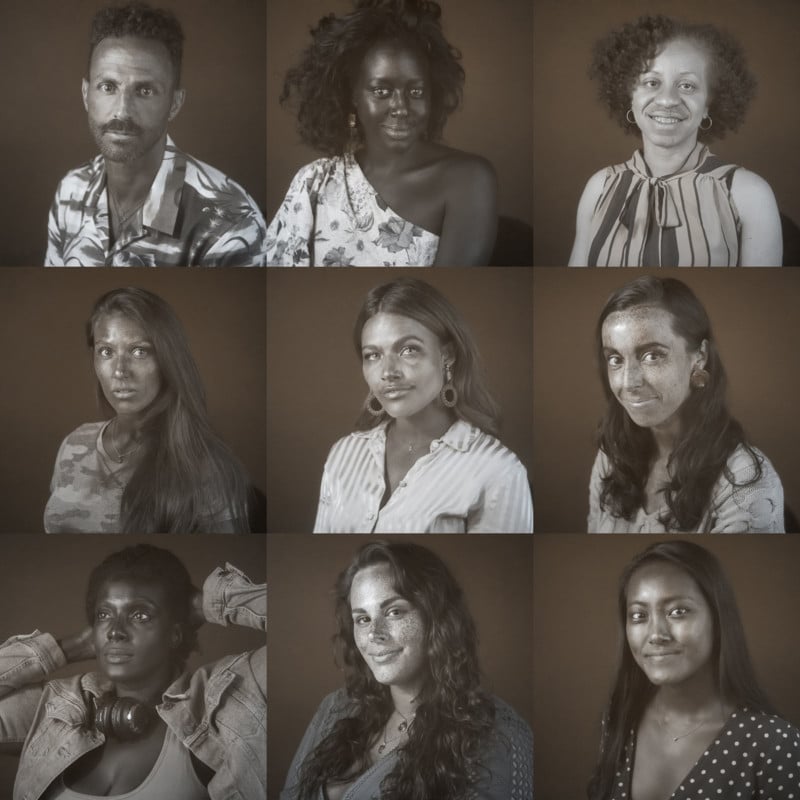How UV Photography Can Revolutionize the Fight Against Skin Cancer
![]()
UV photography has been used by dermatological laboratories since the era of film photography. This technique was then used by the R&D centers to show the protective properties of dermatological and cosmetic products against UV radiation from the Sun.

UV photography follows the path of UV-A radiation and reveals its impact on our environment and our body. UV-A represents 95% of the UV radiation emitted by the Sun that reaches Earth, and it’s responsible for photoaging. This photoaging generates wrinkles and pigment spots in the deep layers of the skin, which will become apparent with age and the thinning of the epidermis.
This means that the impact of UV-A on the skin is delayed: once the spots become visible, it is too late to erase them. It is therefore necessary to protect your skin daily against UV-A to limit the development of photoaging as much as possible.
Here are UV portraits from my RAW photo series:
![]()
![]()
![]()
![]()
By imaging the condition of the skin at the level of the dermis and epidermis, UV photography reveals the consequences of the Sun on the skin, even if these are not yet visible to the naked eye. The impact of such a result on the person photographed or filmed is clear: since they are directly and personally concerned, the awareness of the importance of protecting their skin is immediate.
Coupled with a preventive discourse carried out by a healthcare professional, UV photography proves to be a very powerful tool for raising public awareness of solar risks. Some brands have already understood this, including Walgreens and its annual #saveyourskin campaign. Organized jointly with the Skin Cancer Foundation, this campaign opened in 2019 with a media event bringing together journalists and influencers around a UV shooting workshop in New York. The virality of this event was immediate, and it received coverage from The New York Times.

In Europe, however, the use of UV imaging is just beginning in field studies by public health institutes. But this use is still too limited geographically to integrate effectively with dermatological prevention tools.
Skin cancer represents a third of the cancers detected in the world, but it is also the most easily curable cancer when it is detected in time. By knowing this, we realize that UV photography has enormous potential by directly impacting the public through their portraits.
More than ever, communication and awareness must go through the photographic image, especially when the risks involved are not visible to the naked eye.
About the author: Pierre-Louis Ferrer is a professional infrared photographer who aims to reveal the world beyond the visible. The opinions expressed in this article are solely those of the author. To learn more about infrared photography, you can take his infrared workshop in Paris. You can find more of Ferrer’s work on his website, Facebook, and Instagram.